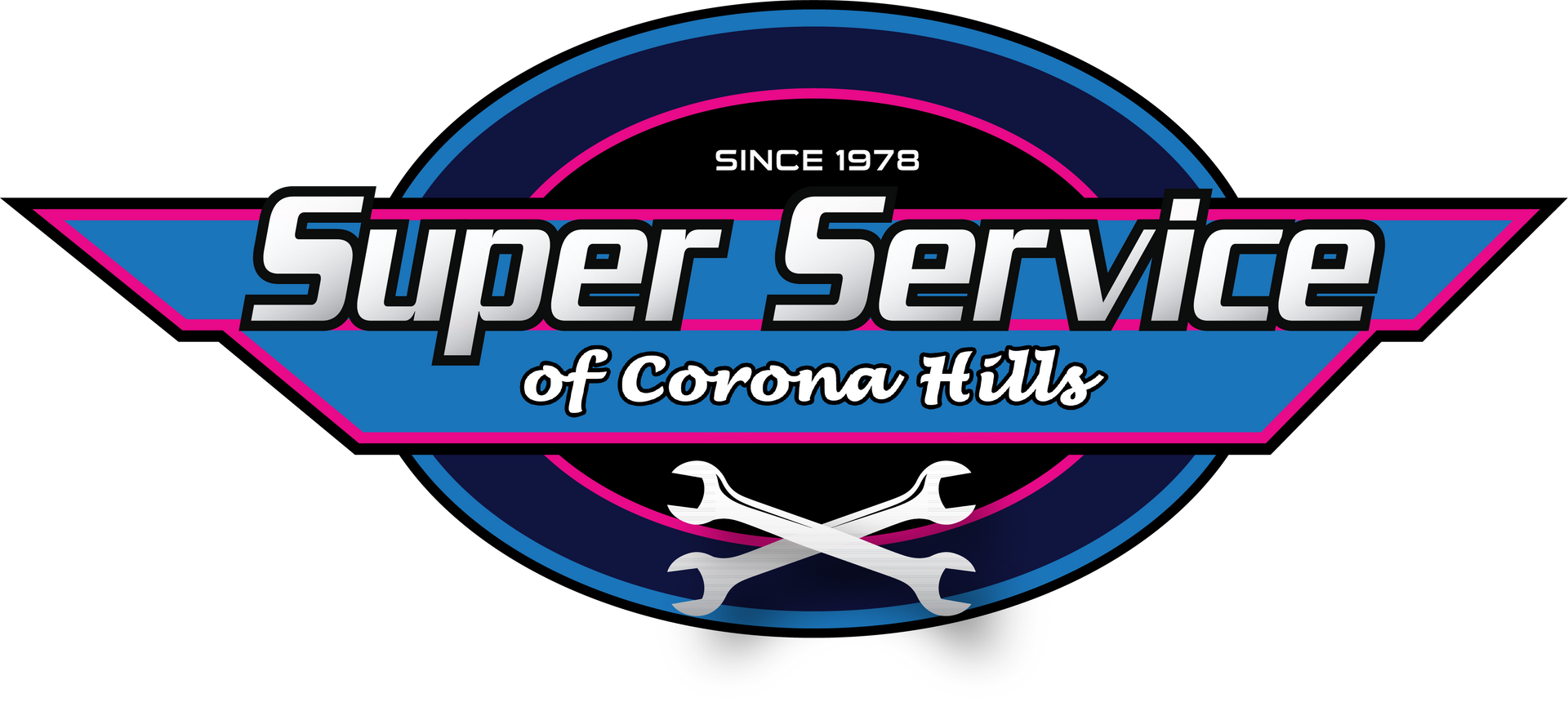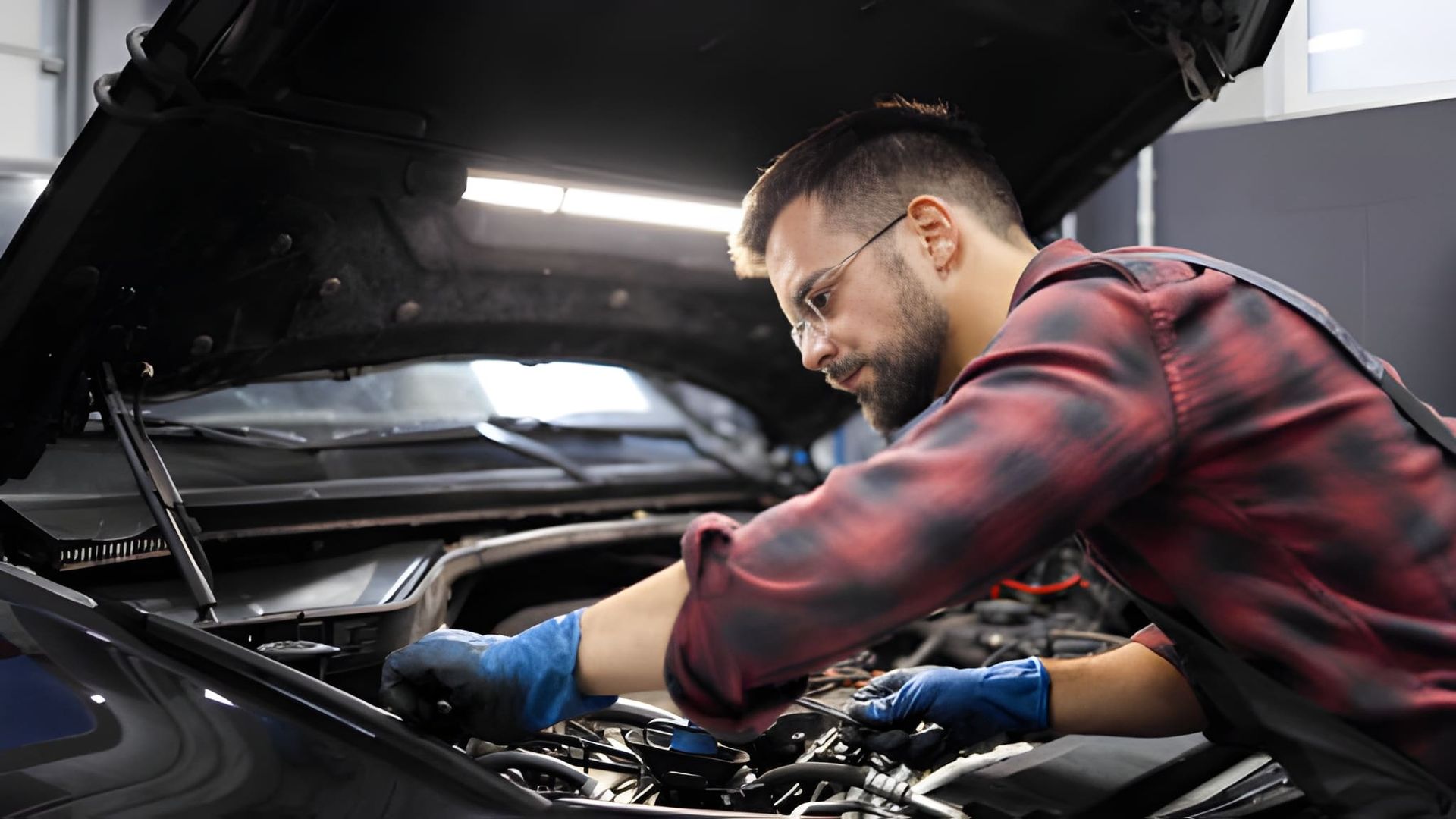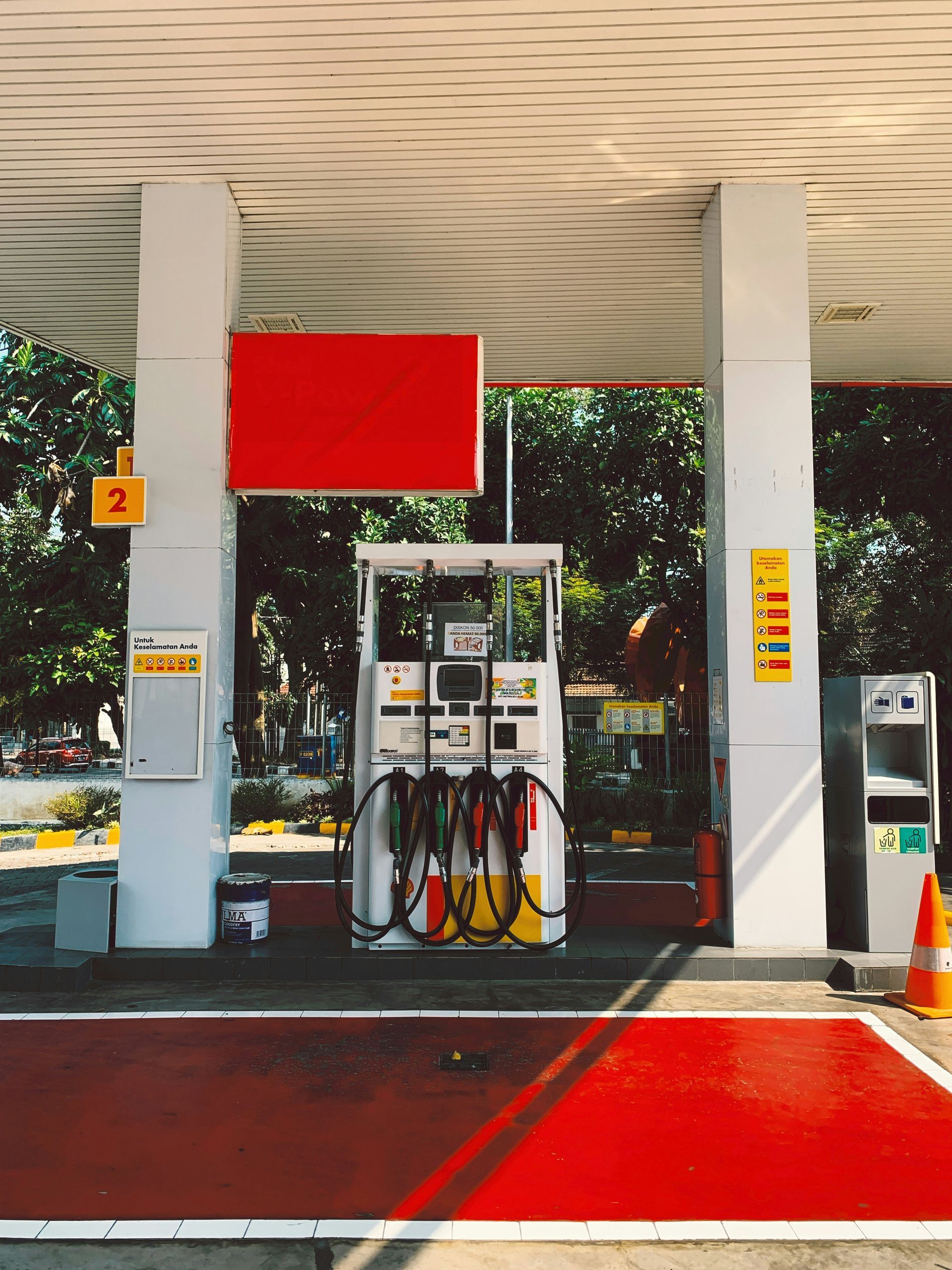Comparing Common Dashboard Warning Lights: What Do They Mean?
Your car’s dashboard warning lights are designed to alert you to potential issues before they become major problems. While some lights indicate simple reminders, others signal serious issues that require immediate attention. Understanding what these lights mean can help you take the right action and keep your vehicle running safely.
When a dashboard warning light appears, it’s important not to ignore it. Some issues can lead to costly repairs if left unaddressed. Here’s a breakdown of some of the most common dashboard warning lights, what they mean, and what you should do if they appear.
If you see a warning light and aren’t sure what it means, the team at Super Service of Corona Hills is here to help. Schedule a diagnostic service today: https://www.superserviceofcoronahills.com/
Check Engine Light
The check engine light is one of the most common and misunderstood warning lights. It can indicate anything from a loose gas cap to a serious engine issue. If the light is steady, it’s best to schedule an inspection soon. If it’s flashing, this signals a more urgent problem that requires immediate attention.
Ignoring a check engine light can lead to poor fuel economy, reduced performance, and potential engine damage. A diagnostic scan can pinpoint the exact cause and prevent bigger problems down the road.
Battery Warning Light
If the battery warning light turns on, it means there’s a problem with your vehicle’s charging system. This could be due to a failing battery, a faulty alternator, or a loose connection. If this light stays on while driving, your car may lose power or fail to start the next time you turn it off.
A simple battery and charging system test can determine if you need a battery replacement or further repairs. It’s best to address this issue before your car leaves you stranded.
Oil Pressure Warning Light
The oil pressure warning light means your engine’s oil pressure is too low. This can be caused by low oil levels, a faulty oil pump, or a clogged oil filter. Since oil is essential for keeping your engine lubricated and preventing damage, this light should never be ignored.
If this warning light appears, pull over as soon as it’s safe and check your oil level. If the oil level is low, adding oil may help, but it’s still important to have your vehicle inspected to determine the cause.
Coolant Temperature Warning Light
The coolant temperature warning light indicates that your engine is overheating. This can happen due to low coolant levels, a failing thermostat, or a problem with the cooling system. Driving with an overheating engine can cause severe damage, including a blown head gasket.
If you see this light, pull over immediately and turn off the engine to let it cool down. Do not open the radiator cap while the engine is hot. If the problem persists, have your cooling system inspected to prevent long-term damage.
Brake Warning Light
The brake warning light could indicate low brake fluid, worn brake pads, or an issue with the braking system. Since your brakes are one of the most important safety features on your car, this light should be taken seriously.
If this light stays on, check your brake fluid level. If the fluid is low, it could mean there’s a leak in the system. Schedule a brake inspection as soon as possible to ensure your vehicle remains safe to drive.
Tire Pressure Monitoring System (TPMS) Light
The TPMS light alerts you to low tire pressure in one or more tires. Driving with under inflated tires can reduce fuel efficiency, affect handling, and increase the risk of a blowout.
If this light comes on, check your tire pressure and inflate them to the recommended level. If the light stays on after adjusting the pressure, there may be a sensor issue that requires further inspection.
ABS Warning Light
The ABS (Anti-lock Braking System) warning light means there’s an issue with the system that prevents wheel lock-up during hard braking. While your brakes may still work, ABS helps you maintain control in emergency situations.
If this light comes on, it’s a sign that your ABS needs to be checked. A diagnostic scan can determine whether the issue is a sensor malfunction or a more serious problem within the system.
Airbag Warning Light
If the airbag warning light is illuminated, it means there may be an issue with the airbag system. This could prevent the airbags from deploying in a crash, making it a serious safety concern.
It’s important to have this system inspected by a professional to ensure your airbags are functioning properly. Safety features like airbags are designed to protect you, and this light should never be ignored.
FAQ: Understanding Dashboard Warning Lights
1. Which dashboard warning lights require immediate attention?
While all warning lights are important, these should never be ignored:
- Flashing check engine light
- Oil pressure warning light
- Coolant temperature warning light
- Brake warning light
These alerts may point to serious problems like overheating, low oil pressure, or brake failure, which can affect your safety and lead to costly damage.
2. What’s the difference between a steady and flashing check engine light?
A steady light usually means a minor issue, like a loose gas cap or emissions fault. A flashing light indicates a more serious engine misfire, which can damage your catalytic converter. If it’s flashing, it’s best to stop driving and have it checked immediately.
3. How can I tell if it’s my battery or alternator causing issues?
If the battery light turns on while you’re driving, it likely means your vehicle’s charging system isn’t working properly. You may notice dim headlights, slow starts, or stalling. A quick charging system test can determine if the issue is with the battery, alternator, or wiring.
4. Can I keep driving if the ABS or airbag light comes on?
Technically yes, but it’s not recommended.
- The ABS warning means the anti-lock system may not engage in an emergency, affecting control.
- The airbag light suggests a fault in the system, and the airbags may not deploy in a crash.
- Both lights indicate potential safety issues that should be addressed promptly.
5. What should I do if the tire pressure light is on?
This warning means one or more of your tires has low pressure. Pull over when it’s safe and check all tire levels, inflating them to the correct PSI. If the light stays on afterward, a faulty sensor may be the cause.
Schedule a Diagnostic Check at Super Service of Corona Hills
Dashboard warning lights are your car’s way of communicating potential problems. While some issues may be minor, others can impact your vehicle’s safety and performance. If a warning light appears and you’re unsure what it means, don’t take chances.
At Super Service of Corona Hills, our ASE-certified technicians can diagnose and repair any issues related to your dashboard warning lights. Schedule your diagnostic service today and drive with confidence. Visit us at 2189 Sampson Ave #101a, Corona, CA, or book online at https://www.superserviceofcoronahills.com/









